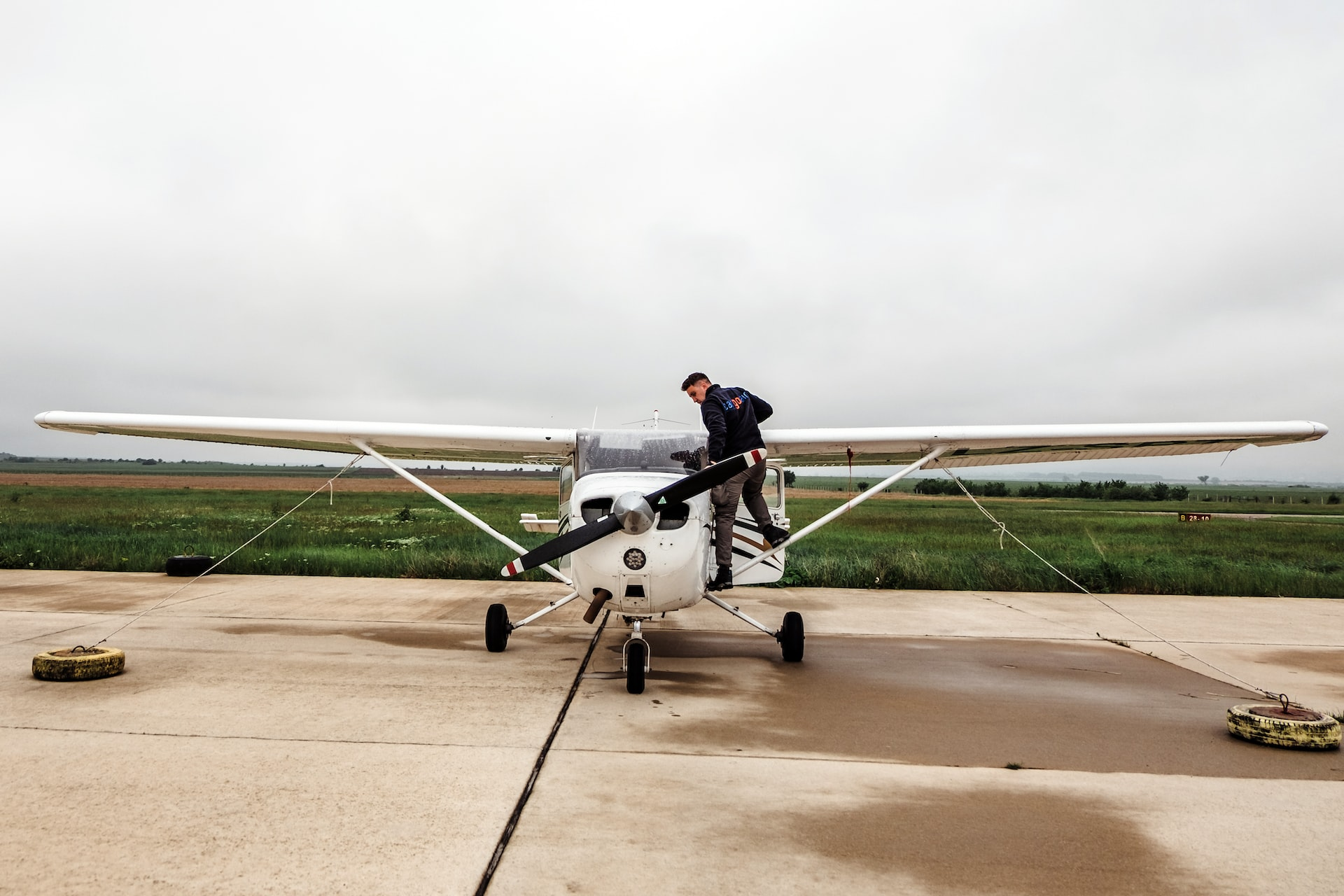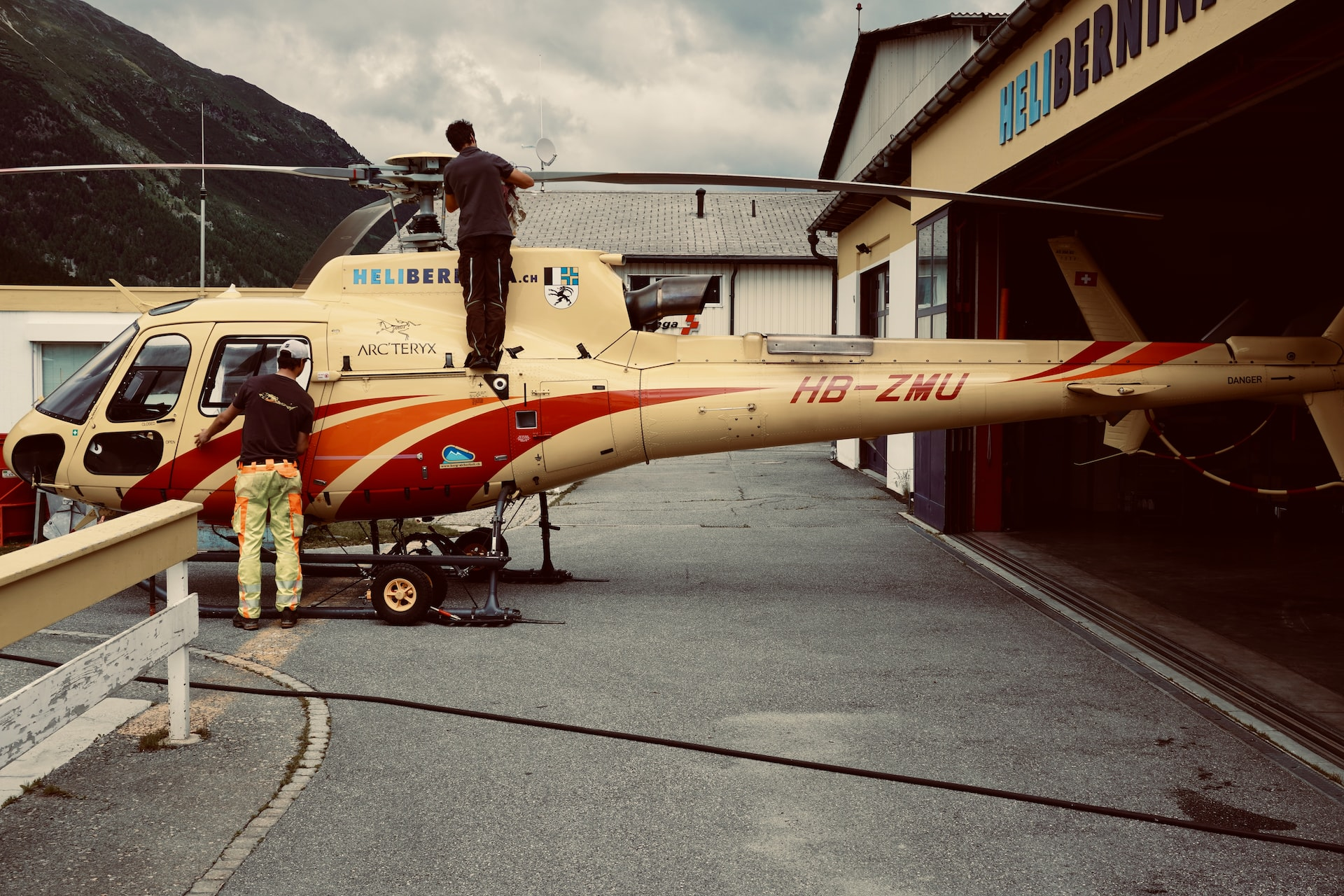
One of the best courses in the aviation world is an aircraft maintenance engineering program. While it may have various denotations from one education institution to another as we will find out shortly, what is primary to the program is to train engineers or technicians, as they may be known, the working principles of flight, aircraft maintenance, both scheduled and unscheduled maintenance commonly referred to as out of phase maintenance, and troubleshooting.
The threshold for entry into the training program is quite high and one must have merited in technical subjects such as Physics and Mathematics to get admission into a training college.
Some of the courses taught in this education program include aircraft systems and maintenance, aircraft engines (both piston and turbine engines), aircraft structures (such as aircraft hydraulic systems), aircraft electronic systems, aircraft instruments, engineering graphics and drawing, radios, computer systems, basic and applied electricity, aerodynamics, theory of flight, avionics and communications, and aircraft material and hardware. Prospect aircraft mechanics might also expect to work with specific diagnostic equipment designed to repair aircraft systems.

In terms of the job description, there is almost no difference at all between an AME and an AMT. In fact, the argument in nomenclature is primarily because of differences in nationalities or location between those arguing. In essence, each country has its unique regulation that assigns different names to technical personnel. Consider a “gas station” and a “petrol station” in the United Kingdom and the USA! Technically, there isn’t any viable difference.
These are some of the diverse names associated with the role:
1. Aviation Engineer
2. Aircraft Mechanic
3. Certified Aircraft Mechanic
4. Aircraft Engineer
5. Licensed Aircraft Engineer
6. Airframe and Powerplant, A&P Technician
8. Aviation Maintenance Technical Engineer
9. Aviation Maintenance Technician
10. Aircraft Maintenance Engineer
11. Aircraft Maintenance Technician
However, what is valid in the argument is that one would need certain years of experience and qualifications to become a fully-fledged licensed engineer for either a rotary or fixed-wing aircraft. Commonly, you will hear people say that “aircraft technicians” and designates are not licensed or are less qualified than “aircraft engineers” and designates.
While it cannot be blankly disputed or accepted, the accuracy of such information depends on the country of reference and the regulations associated with such roles.

Upon successful graduation from an aviation training program or an educational institution, and getting a job as an aircraft engineer or certified aircraft mechanic or technician in MRO companies, the newly trained aircraft maintenance engineers can take up a role in either line or base maintenance.
Line maintenance normally constitutes less-intensive tasks that require minimal tools and equipment and can easily be done on the ramp. They are also categorized as out of phase or unscheduled maintenance. Depending on the aircraft maintenance program, AMP, which is unique to each aircraft and air operator, the check can be termed as an L-check, post-flight check, pre-flight check, overnight check, or technical dispatch maintenance.
Examples of the maintenance tasks in this category include simple tasks such as checking engine oil and conducting an oil uplift if necessary, checking aircraft tire pressure, aircraft wheel replacement, minor aircraft repairs, and snag rectification that constitutes minor technical aircraft defects.
On the other hand, base maintenance is heavy maintenance done within a hangar and is very labor intensive. They are often scheduled maintenance and depending on the AMP, can be an A-check, B-check, C-check, and D-check. At the end of any scheduled letter check (A, B, C or D checks), a certificate of release to service class 1, CRS 1, must be issued to ascertain that the work has been accomplished as per the maintenance instructions and that the aircraft is serviceable.
Some of the tasks accomplished during base maintenance include an overhaul of the landing gears, propellers, and engines, and aircraft reweighing, though this task may be raised depending on previous tasks that significantly alter the weight and center of gravity, COG, of the aircraft.
Normally, the time between maintenance checks especially scheduled maintenance usually varies depending on the:
Equally, unscheduled maintenance normally arises when there is an unexpected repair on the airframe, pneumatic systems, electronic instruments, piston or turbine engines, or any other systems. For example, a bird strike during takeoff can call for unscheduled maintenance of the aircraft such as inspections of the engines for foreign object materials and damage.

One must have the required skills and experience together with an educational background to obtain a certification as an aircraft maintenance engineer. The first route to becoming an aircraft maintenance engineer is by getting enrollment in an educational institution approved by the aviation authority of that specific country.
Such a program can be offered as a Bachelor of Science, Technology, or Engineering and can take up to 2-4 years to complete. Afterward, one can get a job in an MRO company where he or she can acquire the necessary experience.
The second route is through on-job training, which is quite an expensive option. Through military or civilian service, one is required to keep a detailed log of duties performed, skills gained, and all the relevant responsibilities to the aviation industry taken up in the given period.
Aircraft maintenance is a technical field that requires individuals with great aptitude such as excellent problem-solving skills, communication skills, flexibility, attention to detail, and great working knowledge of aircraft systems as well as aviation principles. These technical and personal traits are what contribute to strong aviation safety standards and make up great aircraft maintenance engineers.

Enter your email and get curated content straight to your inbox!
Thank your for your subscription.
You are already subscribed to this newsletter.